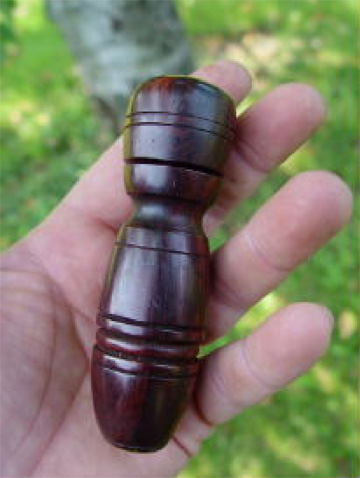
The setting sun lingered two fingers high as the hunters reached their village. It had been many days since Makua and his people last tasted fresh meat and the young pig that had fallen to his arrow would be a welcomed treat.
According to their tradition, the honor of igniting the roasting fire went to the successful hunter and a fire made quickly was regarded as a good omen. As Makua reached into the fire-making pouch at his waist he was well aware of the elder’s watchful eyes and his responsibility to bring good fortune to his people. Makua pulled out a few tufts of shredded bark which he briskly rolled between his palms to form a ball and he placed this next to the waiting kindling wood. Then Makua did a very peculiar thing. The hunter grasped a carved wooden cylinder that hung on a cord around his neck and with a sudden, practiced movement withdrew a smoldering, live coal from its core. This he placed in the ball of shredded bark and with three long breaths the smoking bark suddenly burst into flame. Makua smiled at his own quickness and imagined he could already taste the juicy pig. The elders nodded their approval . . . .
Of all the fire starting methods discovered over millennia, none are more remarkable than the fire piston. This palm-sized device, constructed completely from natural materials, is capable of instantly creating a burning ember with a single push of the piston. With practice, open flames can easily be achieved in a few second and with little more effort than lighting a match. Unlike other primitive methods, the fire piston can be used one-handed, it requires minimal physical effort and it performs reliably even in inclement weather because the live coal is created by compressed air! Incredible!
Many outdoor enthusiasts are familiar with primitive fire starting techniques such as the bow drill, hand spindle, fire saw, flint and steel and burning lens for example, however most are also unaware of the existence of the Fire Piston. The fire piston represents a remarkable combination of primitive yet sophisticated technology. Similar to the modern diesel engine, its operating principle is compression. If fact, there is now speculation among scholars that the inspiration leading Rudolf Diesel to invent his engine in the late 1800’s may have actually come from witnessing a fire piston demonstration while traveling in Asia. When molecules of air are forcefully compressed, they become hot. As the shaft of the fire piston is thrust into the cylinder, the air inside is compressed and raised to a temperature in excess of 800 degrees Farenheit in a brief burst of energy. A single push of the piston with the hand is all that is required to instantaneous ignite the tinder.
A traditional fire piston consists of a wooden, horn or bone cylinder approximately 4 – 5 inches long and a precision fitted piston. To achieve the necessary compression, the piston must create an airtight seal, yet be able to move freely within the cylinder. To accomplish this, the piston is wrapped a short distance with string or leather to create a gasket. Grease is added to the gasket for lubrication and to aid in creating the seal.
Typical Fire Piston
The origin of this remarkable fire-starting device is generally attributed to Southeast Asia where abundant bamboo provided a nearly ready-made cylinder. The fire piston also enjoyed a brief period of popularity in Europe around the year 1800 and just about the same time as the development of the phosphorous match.

In construction, great care must be exercised to assure the bore is concentric and free of imperfections. Minor dimensional variations in either the bore or piston can result in loss of compression preventing the piston from generating the necessary heat. While difficult and tedious to fabricate, fire pistons represent a durable and effective fire-starting device able to create innumerable lights. When a piston eventually becomes worn from repeated use, original performance can be restored in minutes by simply replacing the gasket.

Original fire pistons from the Philippines. Circa 1900.
Photo courtesy of the Smithsonian Institution.
Fire pistons can be used to ignite a variety of natural occurring tinder plus charred cotton cloth. Some of the more useful and common of the natural tinders include, milkweed pod ovum ( the puffy structure remaining inside the pod after the fluff has been dispersed ) the pith of the mullein stalk, and even ordinary decayed wood punk. One of the most effective tinders is actually a fungus. Tinder fungus or Inonotus obliquus is parasitic growth common to white and yellow birches and may develop at the site of an injury to the tree such as a broken limb. This fungus has a blackened, charred looking exterior with an interior the color of buckskin and consistency of cork. The interior of this fungus makes remarkable tinder that is difficult to extinguish once ignited. In addition to use in fire pistons, tinder fungus is one of the few natural materials able to catch a spark from flint and steel without special treatment.
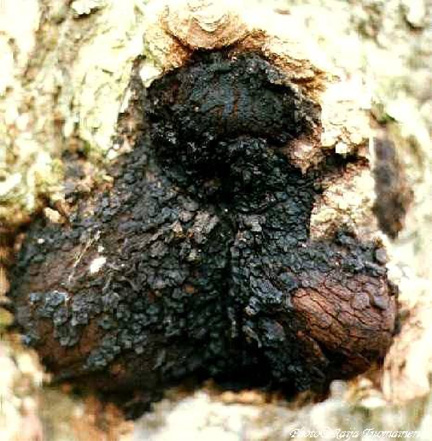
Tinder Fungus
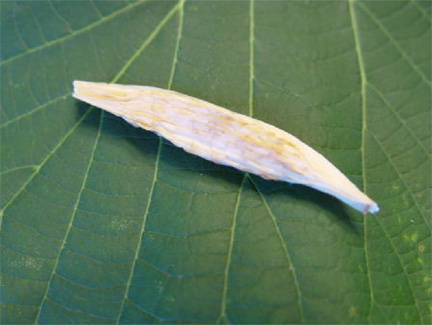
Milkweed Pod Ovum
To create a fire using a fire piston, a small amount of tinder is placed in a cavity carved into the end of the piston. The piston is inserted a short distance into the cylinder. The cylinder is gasped firmly and the piston given a quick push or sharp blow with the palm. The piston is immediately withdrawn to reveal a smoldering ember in its tip. The ember is placed into a bundle of shredded bark or punk wood and blown into fame. With a small amount of practice, the entire sequence can be performed in well under 30 seconds.
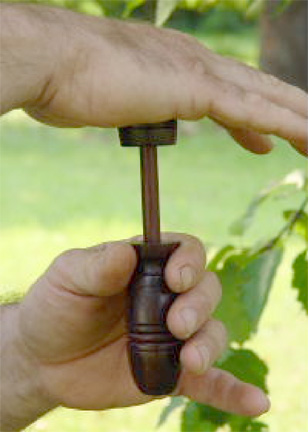
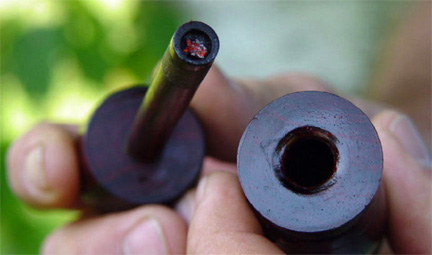
Modern survivalists often carry Swedish fire steel sticks in their kits as a means for making fire. These ferrocerium rods have become very popular as they are light-weight, convenient to carry and they are effective in creating instant flame with certain tinders. Similar to other modern fire starting tools the principle involves the transfer of flame, such as from a match or lighter, to a combustible material. These modern methods require little effort, they are effective under favorable conditions and their use has become so common that for many people they are the only methods known. However, an isolated flame can be a fragile thing and one adversely affected by the natural elements, as anyone who has attempted to light a campfire on a wet and windy day knows.
A glowing ember is more lasting than an isolated flame and unlike a flame it is made stronger by moving air. When a ember is placed in tinder such as the shredded inner bark of certain trees, fungus, punk wood, etc. it expands rapidly, increases in temperature and bursts into open flame with a few breaths. With a little breeze blowing these materials can become virtually self-igniting and have sufficient heat to sustain combustion.
As an outdoor tool, the fire piston represents a unique and effective fire making option. Because it creates ignition by compression, the fire piston is unaffected by water and will light dry tinder even after total submersion. With a little practice its even possible to ignite a fire piston with one hand and its ability to perform under less than ideal circumstances makes it a strong consideration for inclusion in any modern survival kit.
In addition, everyone who sees the fire piston used is completely amazed . . . .
E-mail your comments to "Jeff Wagner " at www.wildersol.com
For more information on fire pistons or to view video clips showing their use, please contact Wilderness Solutions at www.wildersol.com or phone 585 305-3017.
We hope the information on the PrimitiveWays website is both instructional and enjoyable. Understand that no warranty or guarantee is included. We expect adults to act responsibly and children to be supervised by a responsible adult. If you use the information on this site to create your own projects or if you try techniques described on PrimitiveWays, behave in accordance with applicable laws, and think about the sustainability of natural resources. Using tools or techniques described on PrimitiveWays can be dangerous with exposure to heavy, sharp or pointed objects, fire, stone tools and hazards present in outdoor settings. Without proper care and caution, or if done incorrectly, there is a risk of property damage, personal injury or even death. So, be advised: Anyone using any information provided on the PrimitiveWays website assumes responsibility for using proper care and caution to protect property, the life, health and safety of himself or herself and all others. He or she expressly assumes all risk of harm or damage to all persons or property proximately caused by the use of this information.
© PrimitiveWays 2013